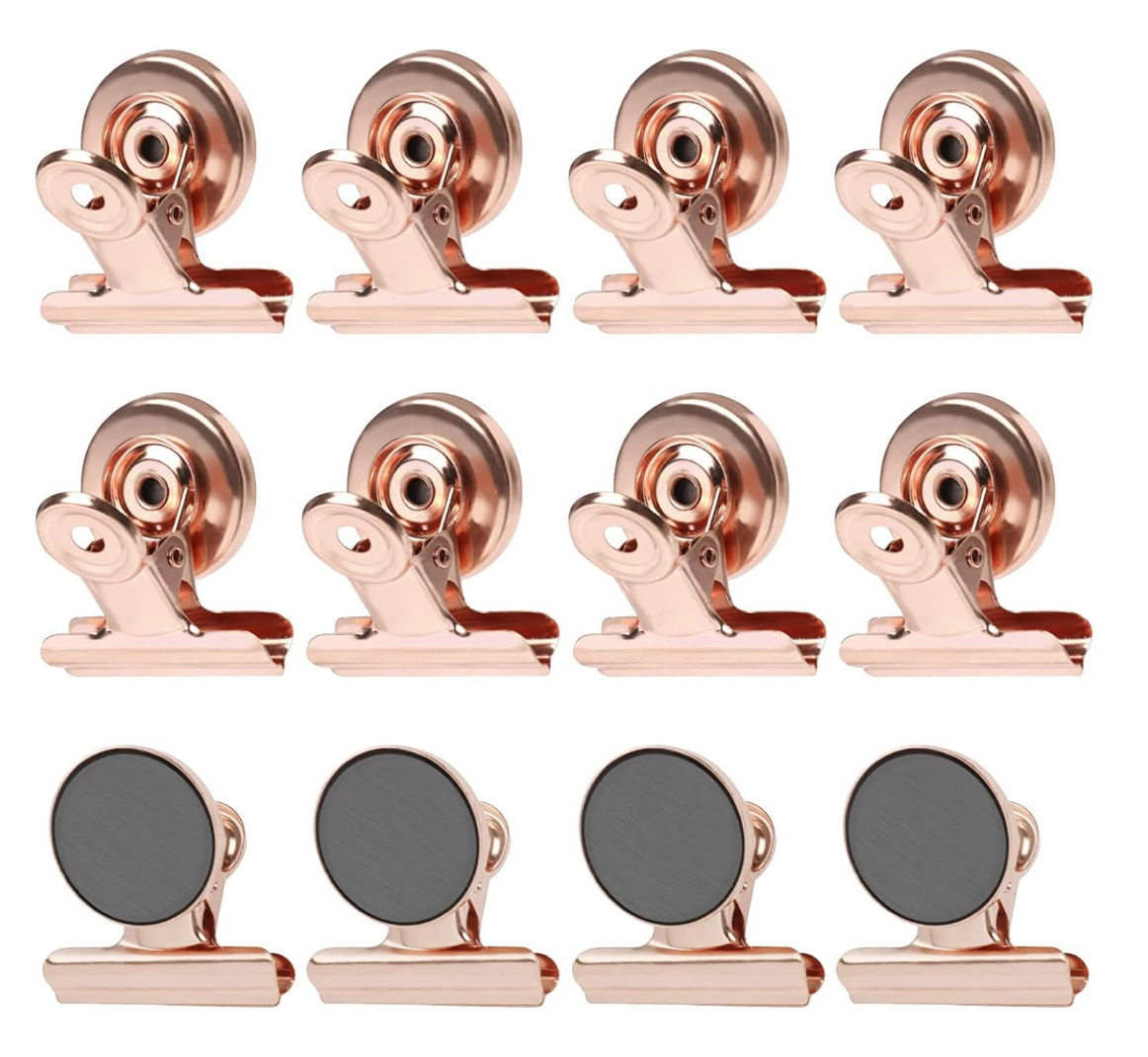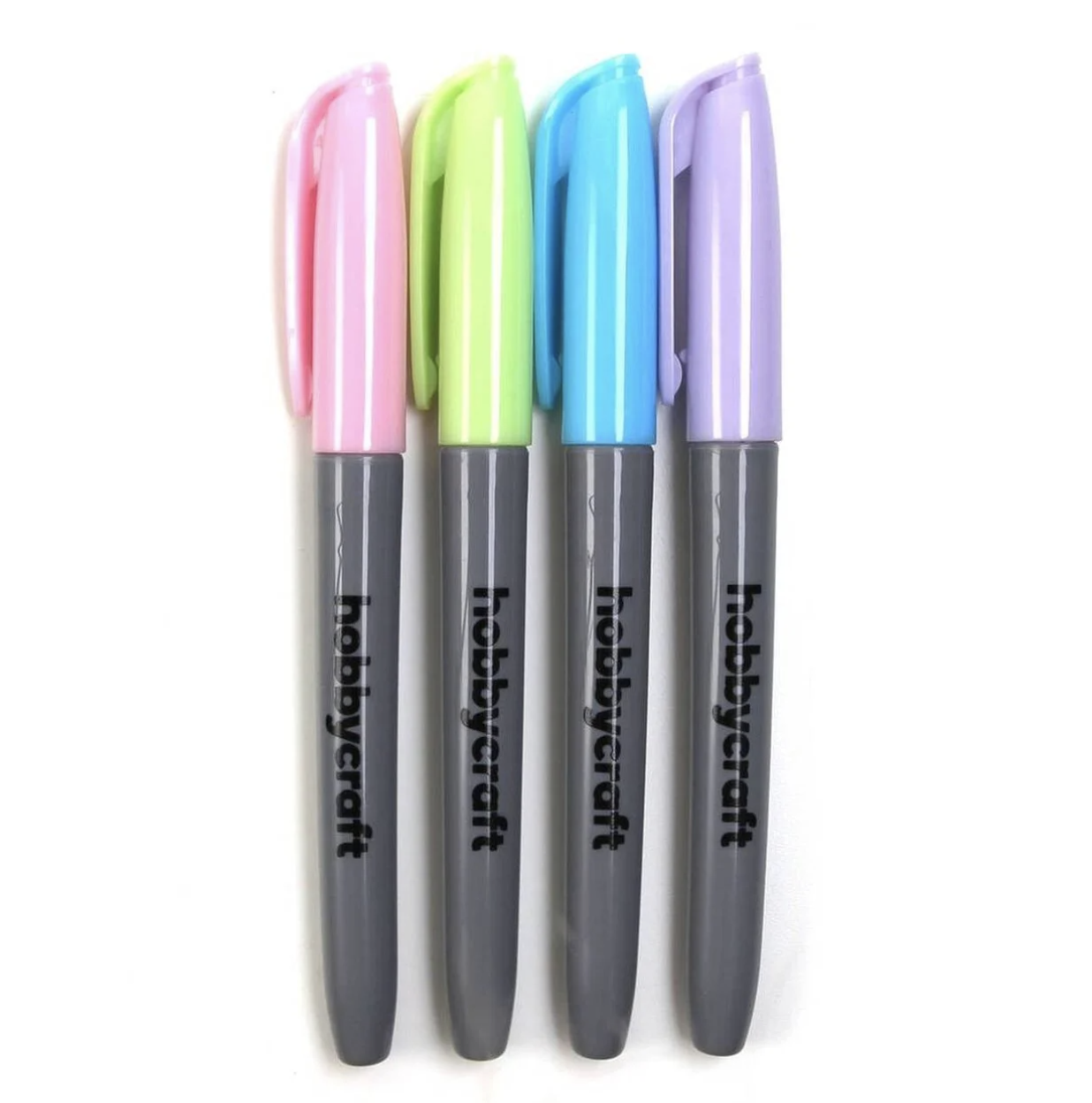Why a cleaning card system could save your home from mess and clutter for good
Struggling to stay on top of household chores? Structured cleaning cards could be the answer
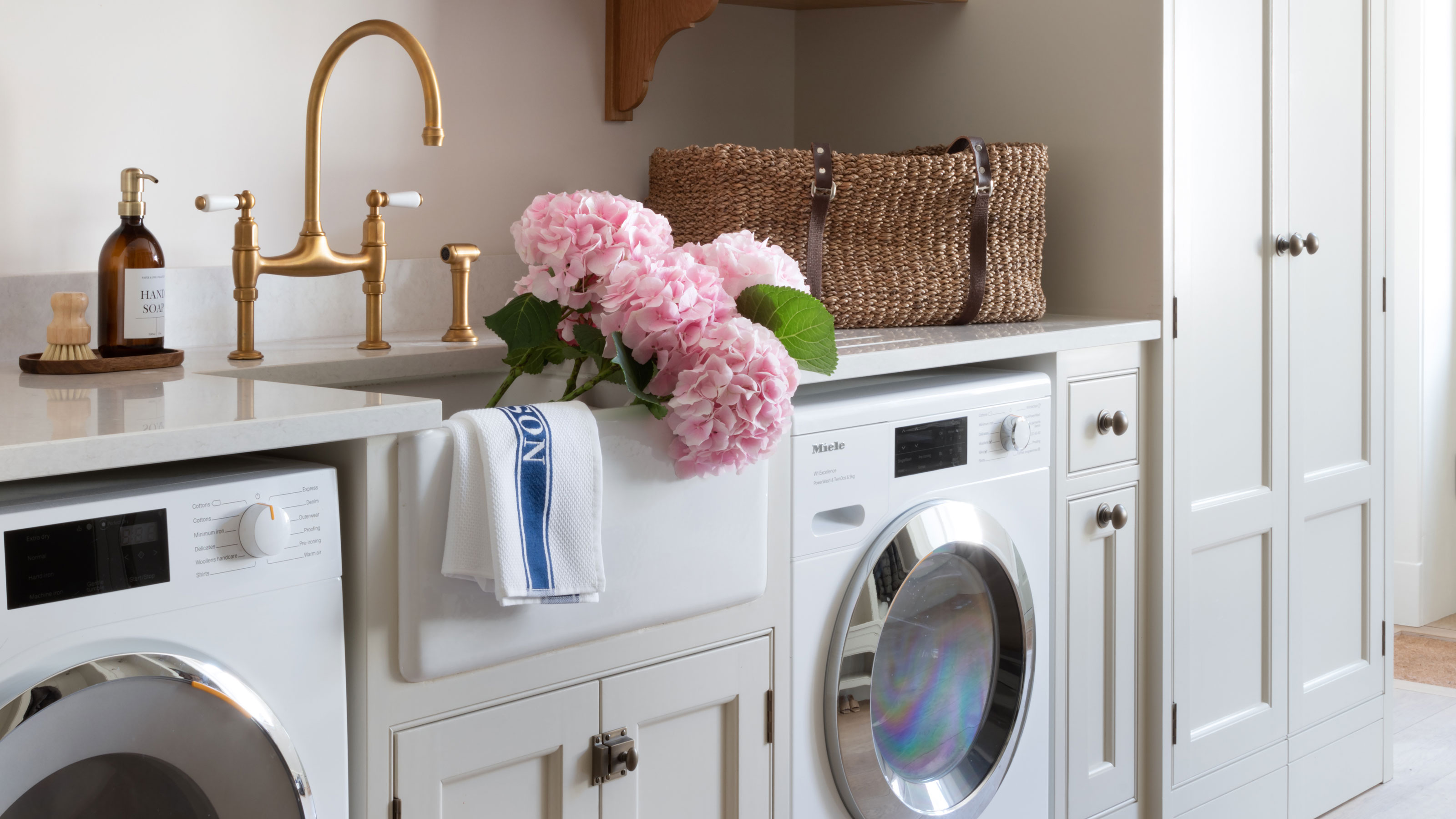

If an ever-growing list of chores has left you at your wit's end, a cleaning card system could be the game-changer you're looking for. You may have seen one version or another pop up on your Instagram or TikTok feeds, or be hearing about them for the first time now. Either way, this strategy for tackling vacuuming, laundry, dusting and other tasks could be the shake-up you need to finally take control of household cleaning.
By breaking down a potentially overwhelming list of tasks into smaller, manageable chunks, cleaning cards are a great solution if you are time poor, or just don't know where to start. And a cleaning card system could also be a catalyst to getting the whole family helping out, if they aren't already. After all, it's only fair that everyone does their bit.
And even if you're a seasoned homemaker with a strict cleaning calendar, you may find that introducing a cleaning card system freshens up the old routine, to excuse the pun. We'll explain how they work, and how to tailor them to suit your specific needs, with help from some cleaning and decluttering experts.
What is a cleaning card system?
'Cleaning cards are a flexible system to help track and manage daily, weekly and monthly cleaning tasks,' explains Laura Price, founder and creative director at The Home Organisation. 'They work by breaking down the jobs that need doing all around your home into smaller sets of tasks. This should prevent any feelings of being overwhelmed with the endless cleaning to-do list, and from losing track of what needs to be done.
'And instead of setting yourself strict times and dates for cleaning (a process destined to fail!), you can work around your changing schedule.' So whether you're determined to tackle your spring cleaning checklist, or you just want to stay on top of day-to-day tasks, this could keep you on track.
'A cleaning card system can take the form of physical pieces of card or paper, a whiteboard, or digital versions,' adds Kate Ibbotson, founder of A Tidy Mind. 'Typically, a "card" is allocated to each room in your home. Listed on each card are the household chores (tidying, cleaning, organising etc) that are associated with that particular room.'

Laura Price was first asked to help a neighbour feeling overwhelmed by her home. Seeing the positive impact of creating a calm and manageable home, Laura realised this was an ambition she wanted to share, and so The Home Organisation was born. Now, with an amazing team of skilled and passionate organisers, Laura works across London and the South East, creating beautiful clutter-free and organised spaces for clients, and bringing simplicity into their lives.
What are the benefits of a cleaning card system?
'They can help you take control of your cleaning regime by putting endless cleaning to-do lists into smaller groups of tasks that are far more achievable and less daunting,' says Laura. 'Carving out 20 minutes to clean a bathroom one day and 15 minutes to do the kitchen the next feels far more doable than trying to fit all the weekly cleaning into one – very long – day.
'And often, that day is on the weekend… who wants to spend their weekend cleaning? Cleaning cards make cleaning through the week much easier.'
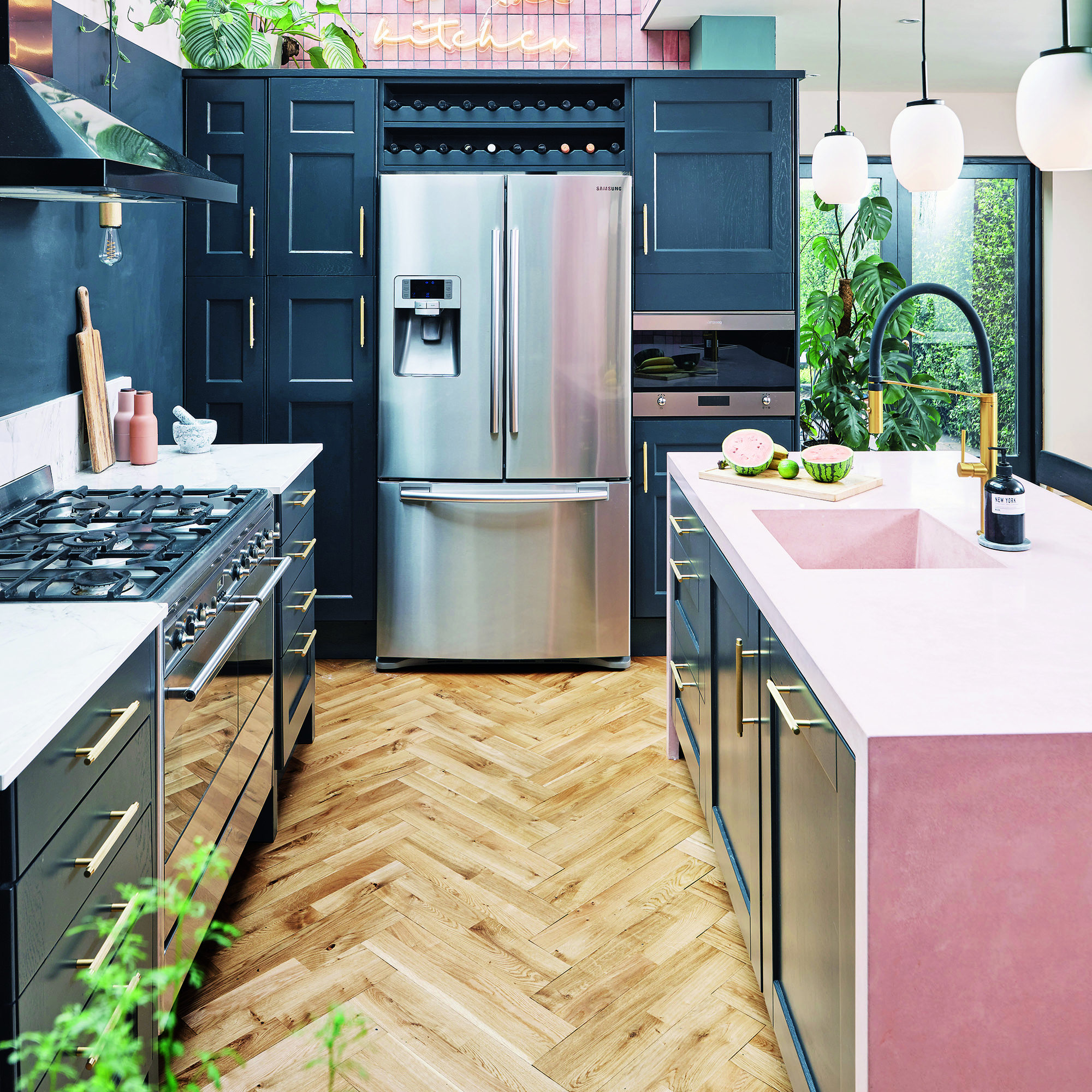
'A cleaning card system creates a checklist of tasks, so it's much easier to remember everything that's been done (and what hasn't) quickly and effectively,' says Kate. 'They are also said to reduce cleaning overwhelm because chores are split into manageable, specific tasks. You can allocate either cards or the tasks on them to different members of the household if you're looking to set some family household cleaning rules.
'Plus you can assign time allocations to each task and/or an entire room, which would allow you to assign tasks to the time you have in which to complete them.'
How to create your own cleaning card system
There are lots of ways of creating a cleaning card system – and how you choose to do so will entirely depend on your personal circumstances. You may find that you create a system or cleaning schedule and it doesn't work for you, in which case you may want to create a new set of cards that tackles your to-do list in a different way. Or you may decide to move from a digital to a physical format, or vice versa.
That said, there are some universal steps to follow.
Cleaning card systems – what you'll need
To create a physical card-based system, this is what you'll need:
- Index cards
- Sharpie-style pens
- Storage box for index cards (optional)
- Fridge magnets or clips to attach to objects as reminders (optional)
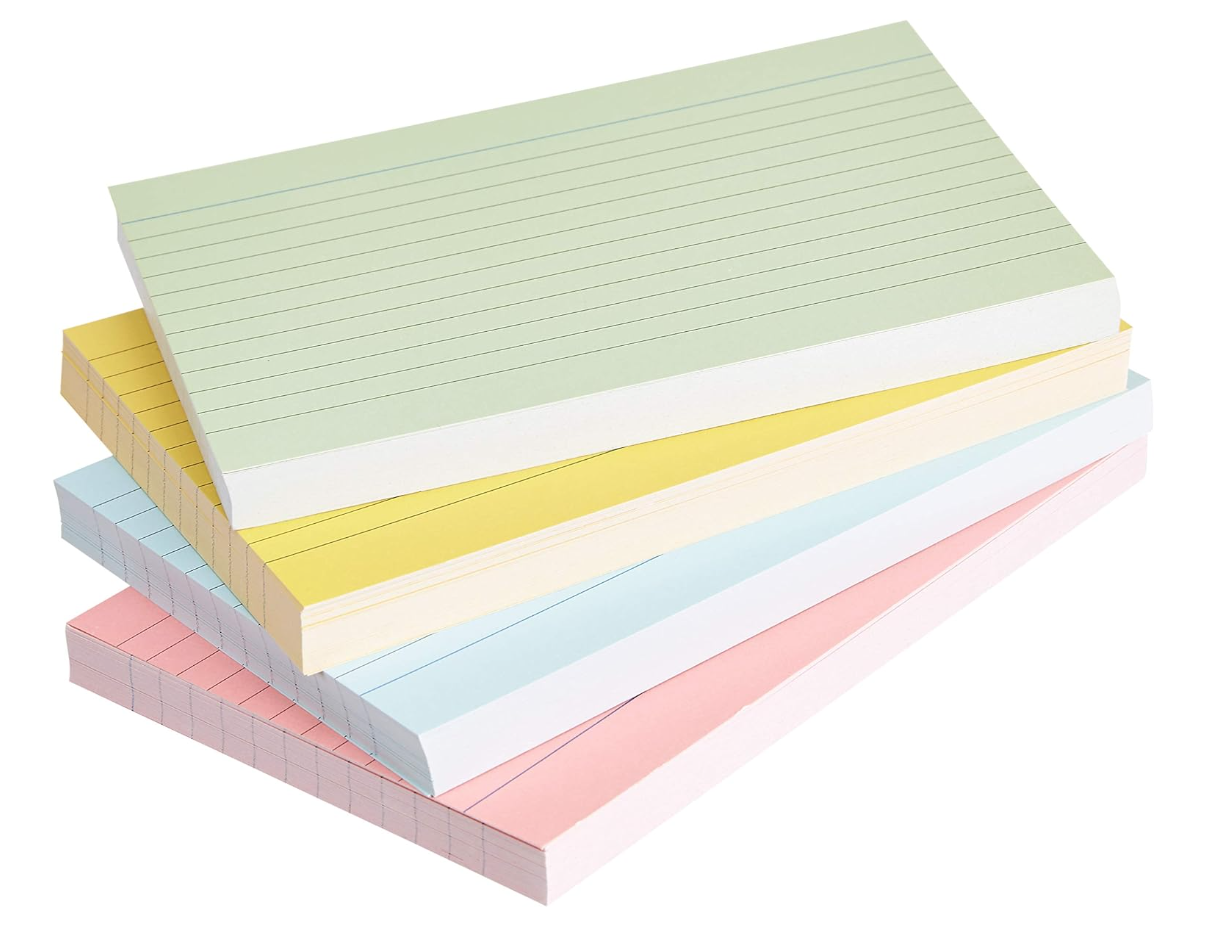
This handy pack of cards is ruled on one side, and includes four assorted shades, which you could use to colour code by room or type of task – eg. vacuuming, decluttering, cleaning or dusting.
1. Make a list of every task in your home

'Start by writing down all of the cleaning tasks you can think of for every room in the house, along with a rough estimation of how long each task takes and how regularly they should be done. Once you have all this information, you can start creating your card system,' says Laura.
2. Choose written or virtual 'cards'
Typically, a cleaning card system is done with notecards or index cards. 'These can be kept on the fridge, drawer, folder, with your cleaning equipment or on a noticeboard,' says Kate.
But if the idea of another "physical" thing causing yet more clutter doesn't agree with you, there are other ways. 'You could use a virtual spreadsheet or Google Keep cards,' suggests Kate. 'A whiteboard is another idea and you can place a tick next to each when done, then wipe out the ticks when you finish.'
3. Decide what each card represents
Now you have a full list of jobs, you can start to break them down and create your cards. You could decide to organise cards in any of the following ways:
By room: One of the most popular ways to organise your cleaning cards. Each card will include a full list of tasks to complete in that room, and you would tackle one room at a time. So a bathroom cleaning card might look like this:
Bathroom
- Clean the basin and tap (5 minutes)
- Clean the shower screen (10 minutes)
- Empty the bin (two minutes)
- Water the plants (three minutes)
- Clean the toilet bowl (five minutes)
- Replace the towels (two minutes)
Etc...
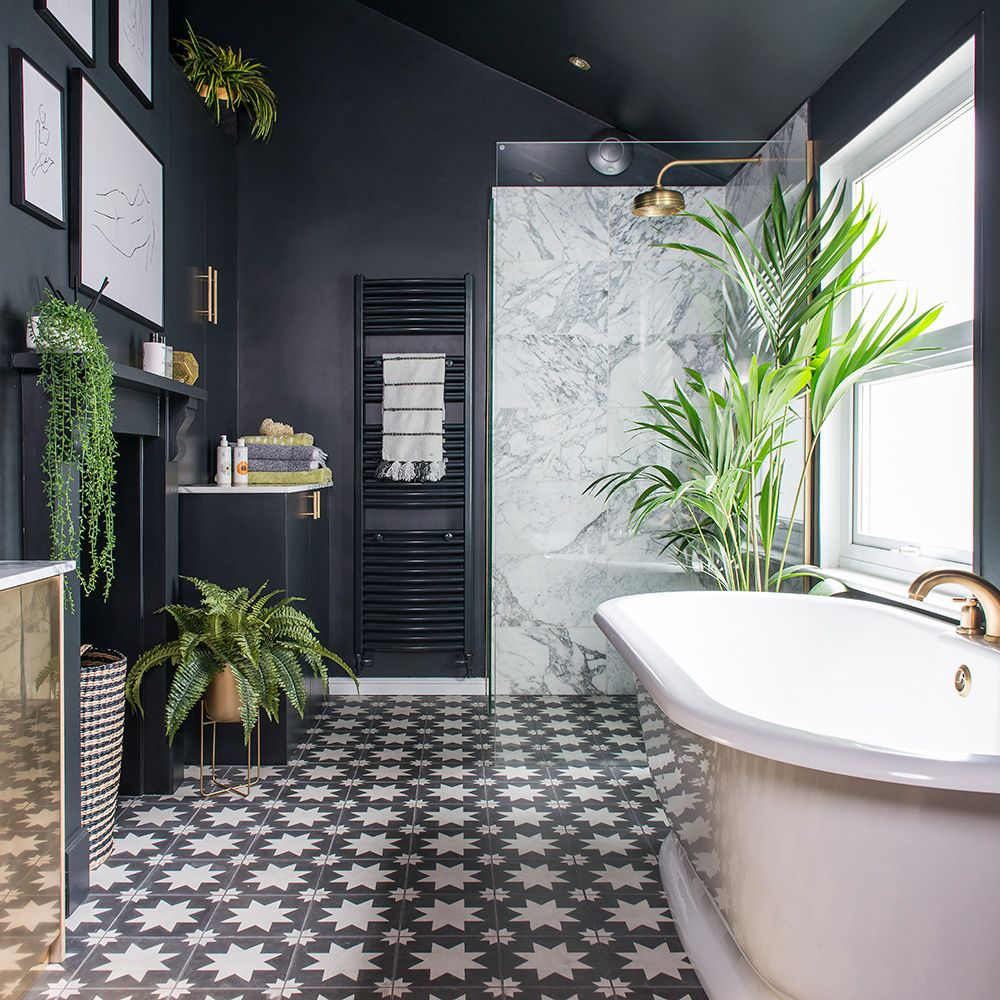
By day: If you'd rather tackle things by day, you can create lists that span multiple rooms depending on how much time you typically have and other events, such as when the bins are being collected. This could then be split by time or by family member.
Tuesday
- Make the bed (everyone makes their own bed)
- Pick up and sort the mail (Karl)
- Take out the trash (Amy)
- Load the dishwasher after breakfast (Sarah)
- Wash and dry one load of laundry (Peter)
- Mop kitchen floor (Karl)
- Five-minute living room declutter (Sarah)
Etc...
By time-frame: In this system, you would split cards by the amount of time you have to do tasks. So you could have a five-minute checklist up to an hour checklist. You might want to keep these lists to one room, or you could theme to a type of chore, say dusting.
15-minute checklist
- Declutter and wipe down the kitchen countertops
- Unload/reload the dishwasher
- Clean the hob
- Sort the recycling
Etc...
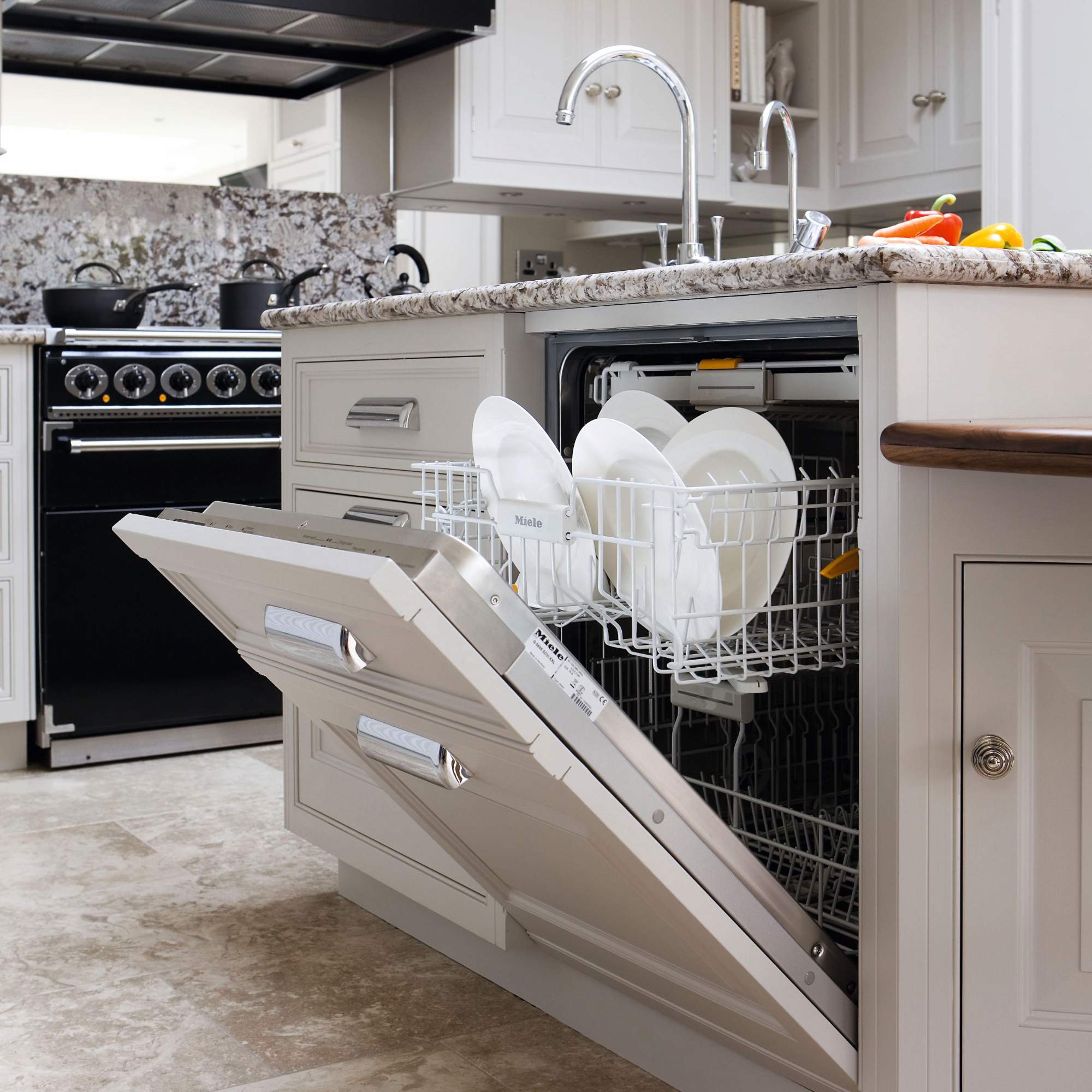
There are other ways to organise and sub-section your cards, such as by chore, or by person. It's a good idea to experiment and see which works best for your household.
4. Keep them visible and organised
Now that you've created your system, it's vital to store and present it in a way that means it will actually gets used. Otherwise, all your hard prep work will be in vain.
Laura Price likes to create cards by room. 'Store them in a box in your cleaning cupboard,' she says. 'Pull out 3-4 each week (depending on the time you have available) and place them on the front of your fridge or cleaning caddy. Once you’ve completed a room, take the card and put it back in the box, at the back of the pile.'
'This way you’ll have an easy cleaning rota without ever having to think about it,' she explains.
FAQs
Do cleaning card systems really work?
'I love the concept of them,' says Laura. 'I think cleaning room-by-room at different times of the week is far more successful than trying to get the whole house done in one go, on one day. And the cards give you something tangible to keep you on track and motivated.
'I also think as with most housework methods, while it will work for some people, for others it won't,' she adds. 'If you have a really rigid schedule and like to know exactly when the cleaning is getting done, then maybe this more flexible approach isn’t for you.'
Kate Ibbotson agrees that how well a cleaning card system will work 'really depends on the individual'. 'Physical cards may be good if you have a visual learning style as they can be colour coded, too,' she says. 'Or for neuro-divergent individuals who struggle with object constancy – keeping tasks in mind unless there is a visual reminder.'
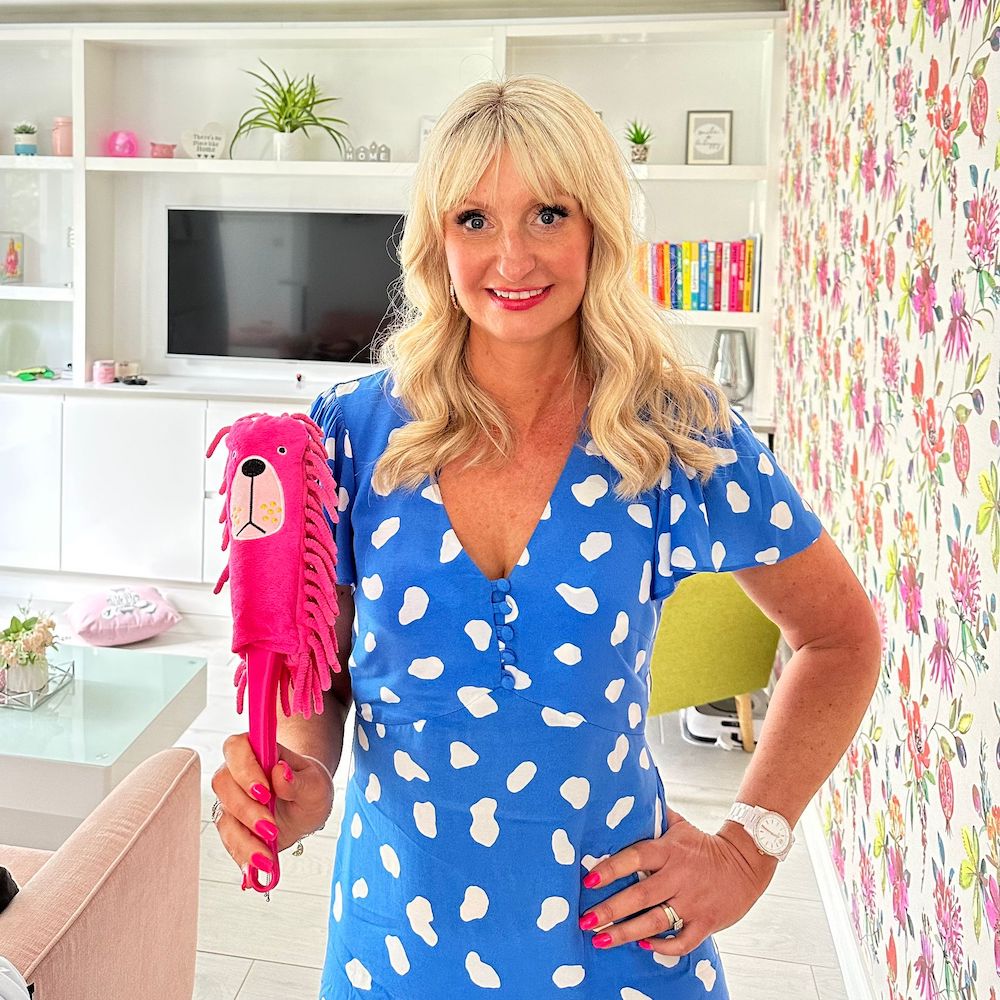
Known as the 'Queen of Clean', Lynsey is the best-selling author of The 15-Minute Clean and regularly shares her tips on her social media. She starred in TV's Obsessive Compulsive Cleaners and is a regular guest on This Morning and Good Morning Britain.
Some cleaning experts are less convinced. 'If you are someone that doesn’t work and spends a lot of time at home, then they can be effective,' says Lynsey Crombie, AKA The Queen of Clean – a best-selling author, and TV cleaning expert. 'But for working families, the number of tasks often added to a cleaning card is unrealistic.'
'The 15-minute clean, which I created as a single mum of baby twins, this system is proven to work and saves a lot of time,' Lynsey adds. 'The idea is you set the timer to just five minutes and focus on three keys rooms a day, ideally in the morning when your energy levels are naturally higher.
'Working against the timer, you are motivated to clean harder and smarter. It's important to mix these rooms up daily so you don’t do the same room each day. A "little and often" approach is the key to keeping your home tidy and clean.'
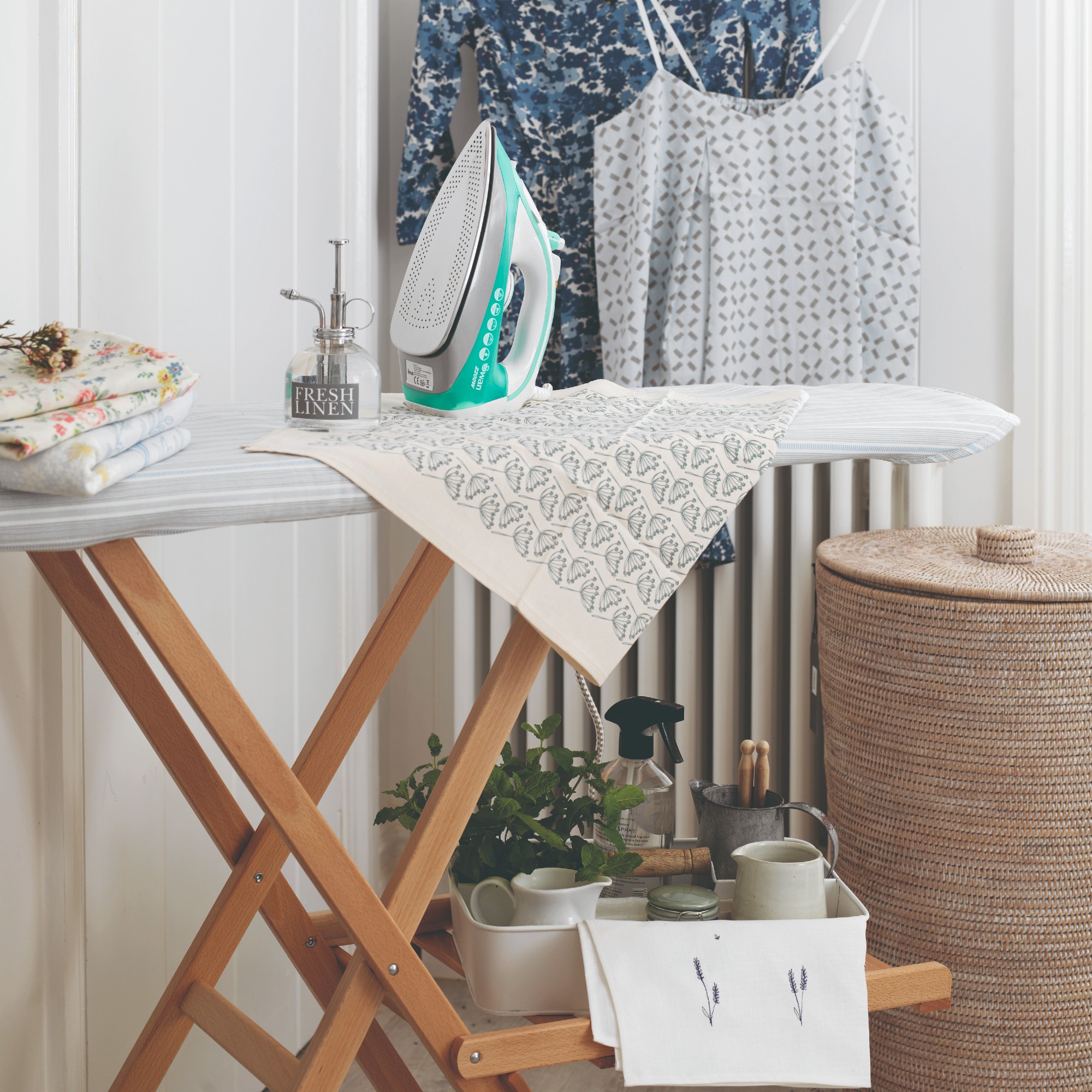
What's the key to making a cleaning card system successful?
While Lynsey isn't a fan of long cleaning lists, you could certainly apply her sage advice when creating a card system.
'You need to identify what your homes needs and work with the rest of the household to create a plan,' says Lynsey. 'Cleaning and tidy isn’t just the responsibility of one person – it is teamwork. Find out what people's preferred tasks are, for example one person may enjoy vacuuming, the other may be happy to take the bins out, etc. Pop a copy on the fridge or inside the cupboard door so the tasks are always visible and set reminders in your phone.'
Our other key takeaway is to avoid 'overwhelm'. Never load a single card with more than an hour's worth of tasks, or you could quickly burn out and give up on the system altogether. If anything, it's best to start with cards that have just a few tasks on them, then add more jobs over time as you work out what's possible within a certain time frame.

You may also discover that certain tasks 'follow' one another naturally, despite being in different rooms. For example, sorting the post, decluttering the bedroom and cleaning your home office may all leave you with a pile of paper recycling to dispose of. It may therefore make sense to do these three jobs in one session.
The most important thing is to have fun with your cleaning card system and not be afraid to experiment. That way, you're most likely to make it a long-term success.
Get the Ideal Home Newsletter
Sign up to our newsletter for style and decor inspiration, house makeovers, project advice and more.

Amy Cutmore is an experienced interiors editor and writer, who has worked on titles including Ideal Home, Homes & Gardens, LivingEtc, Real Homes, GardeningEtc, Top Ten Reviews and Country Life. And she's a winner of the PPA's Digital Content Leader of the Year. A homes journalist for two decades, she has a strong background in technology and appliances, and has a small portfolio of rental properties, so can offer advice to renters and rentees, alike.
-
 Should your front door colour match your hallway? Interior experts reveal 3 reasons why it should (and 3 reasons it shouldn't)
Should your front door colour match your hallway? Interior experts reveal 3 reasons why it should (and 3 reasons it shouldn't)Are you team matching or contrasting?
By Ellis Cochrane
-
 This £200 limited-time discount makes this Dyson vacuum cheaper than I’ve ever seen it - run don’t walk to Argos for this bargain
This £200 limited-time discount makes this Dyson vacuum cheaper than I’ve ever seen it - run don’t walk to Argos for this bargainIt's the most affordable Dyson on the market right now
By Lauren Bradbury
-
 Martin and Shirlie Kemp’s pastel flower beds has given their Victorian renovation a romantic look - how you can get the look
Martin and Shirlie Kemp’s pastel flower beds has given their Victorian renovation a romantic look - how you can get the lookTheir pastel garden is the cottage garden inspo you've been looking for
By Kezia Reynolds
